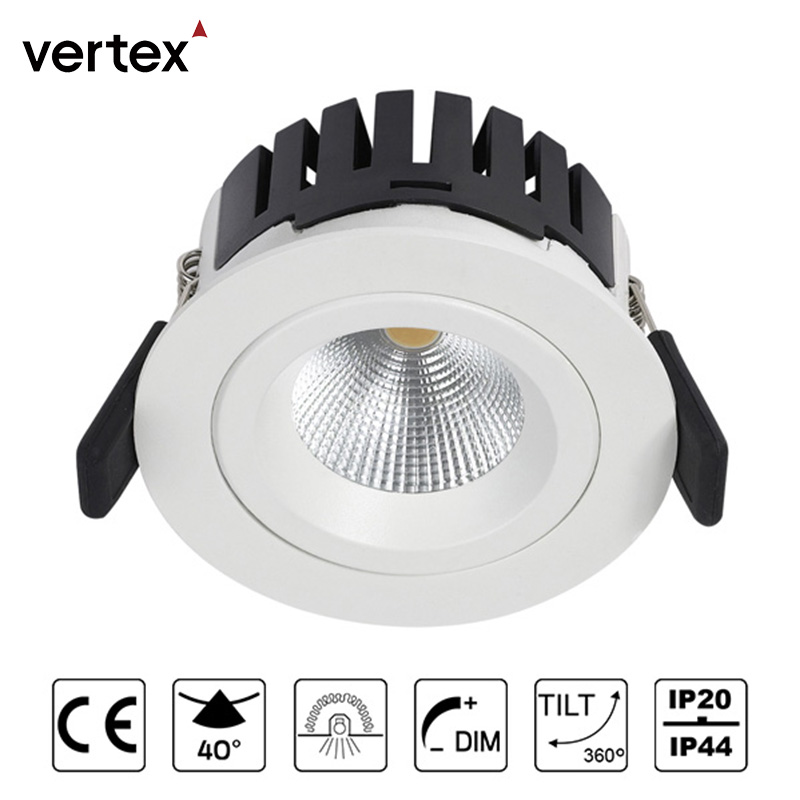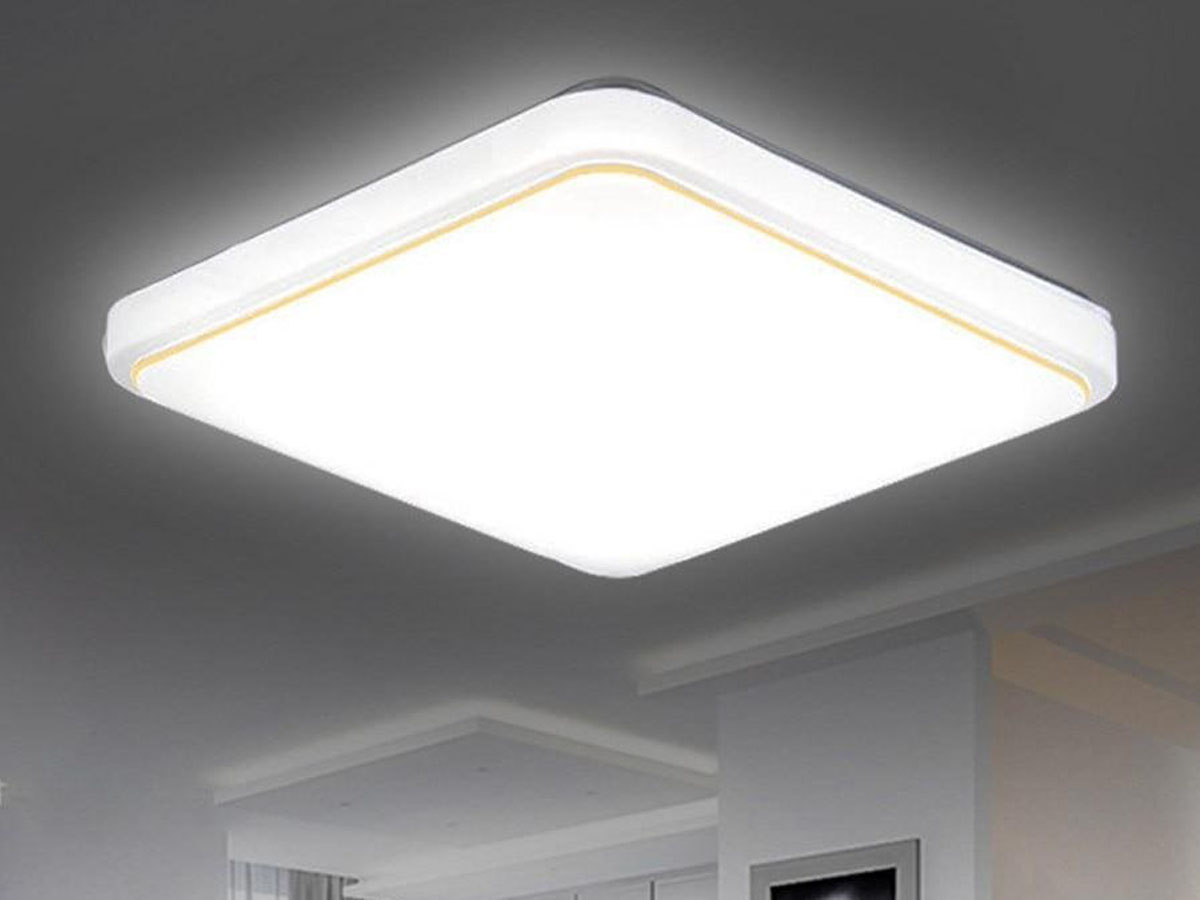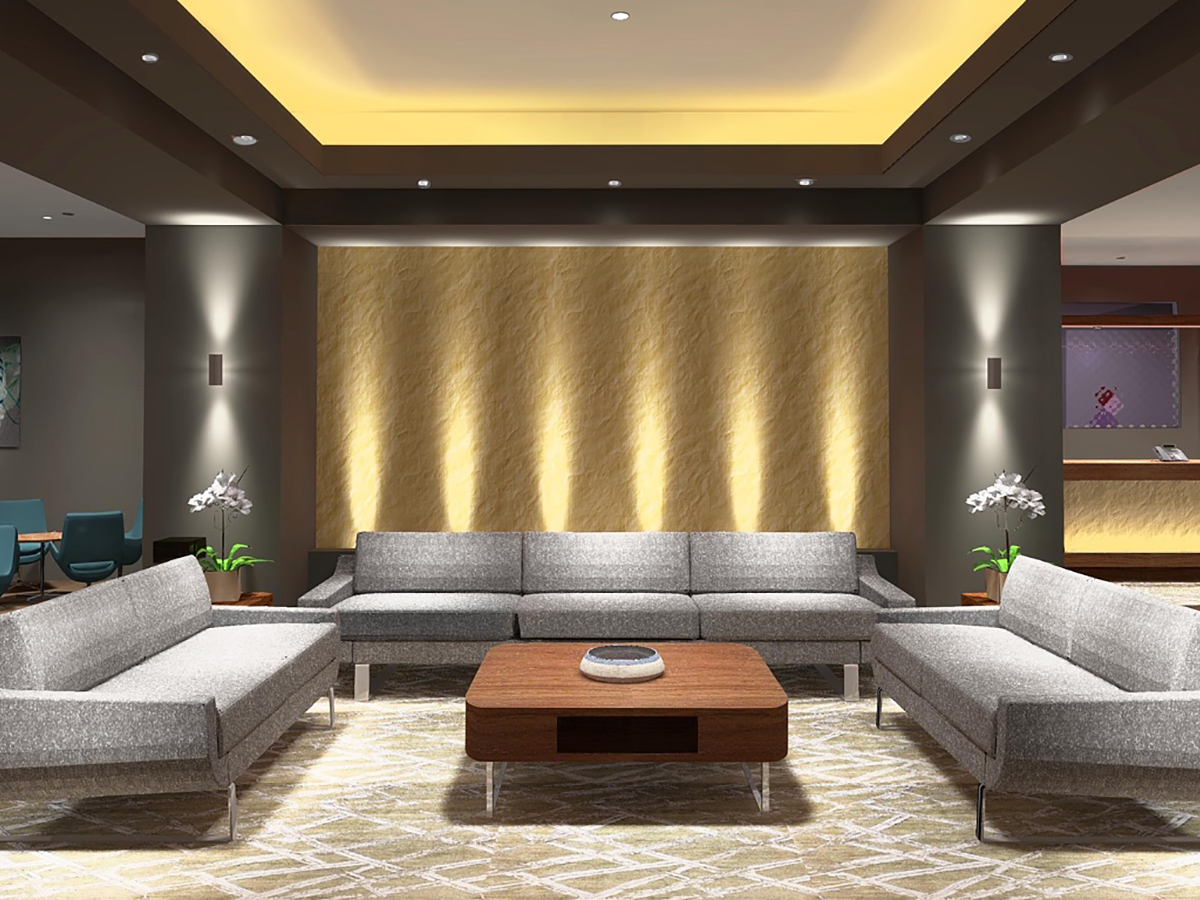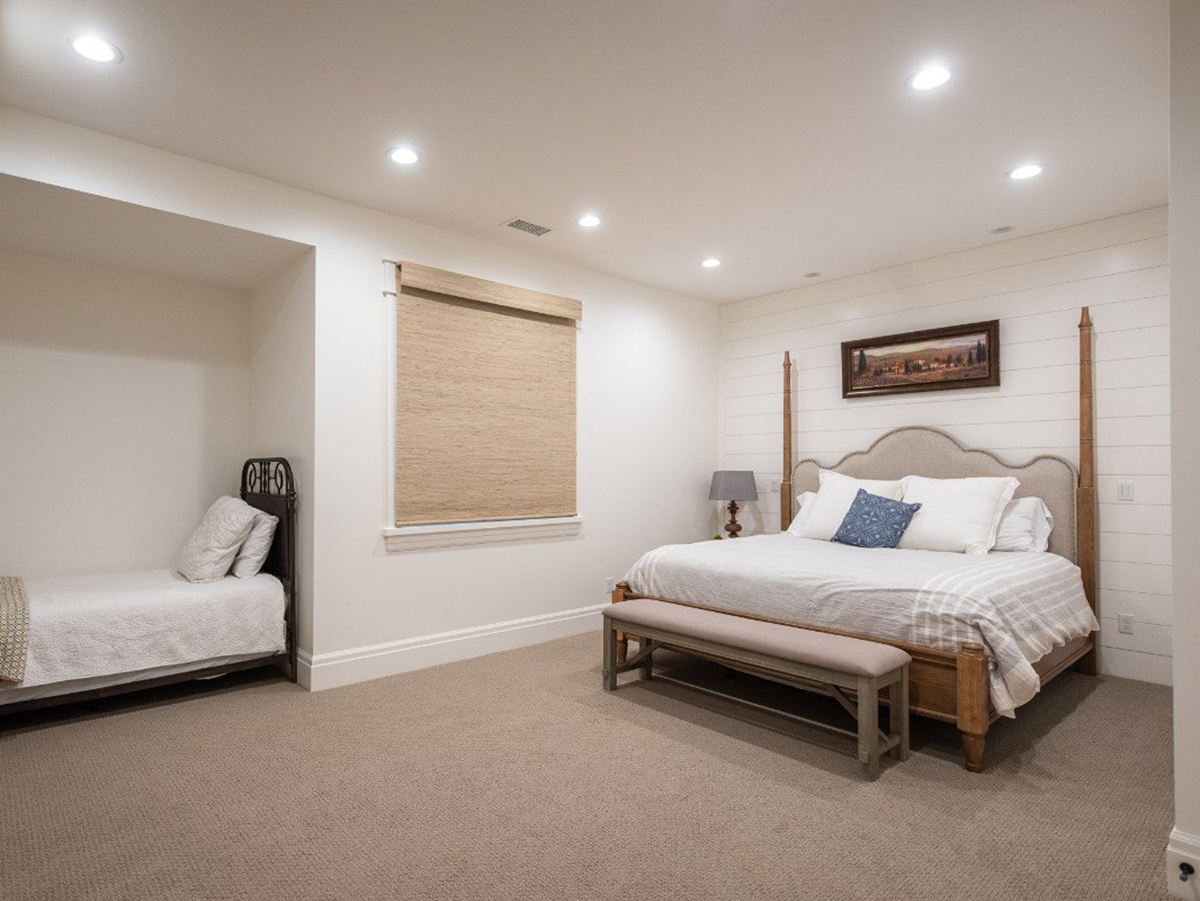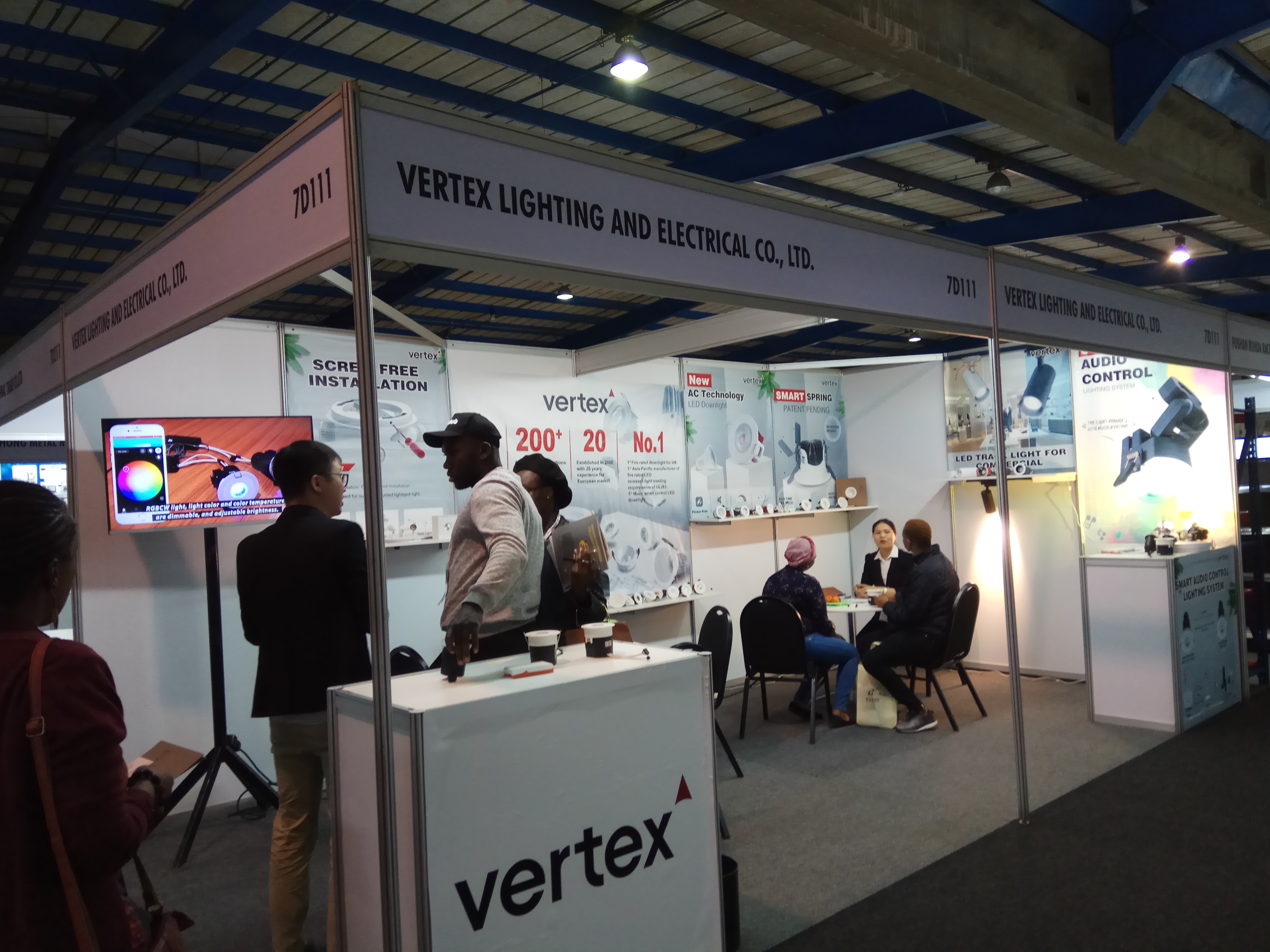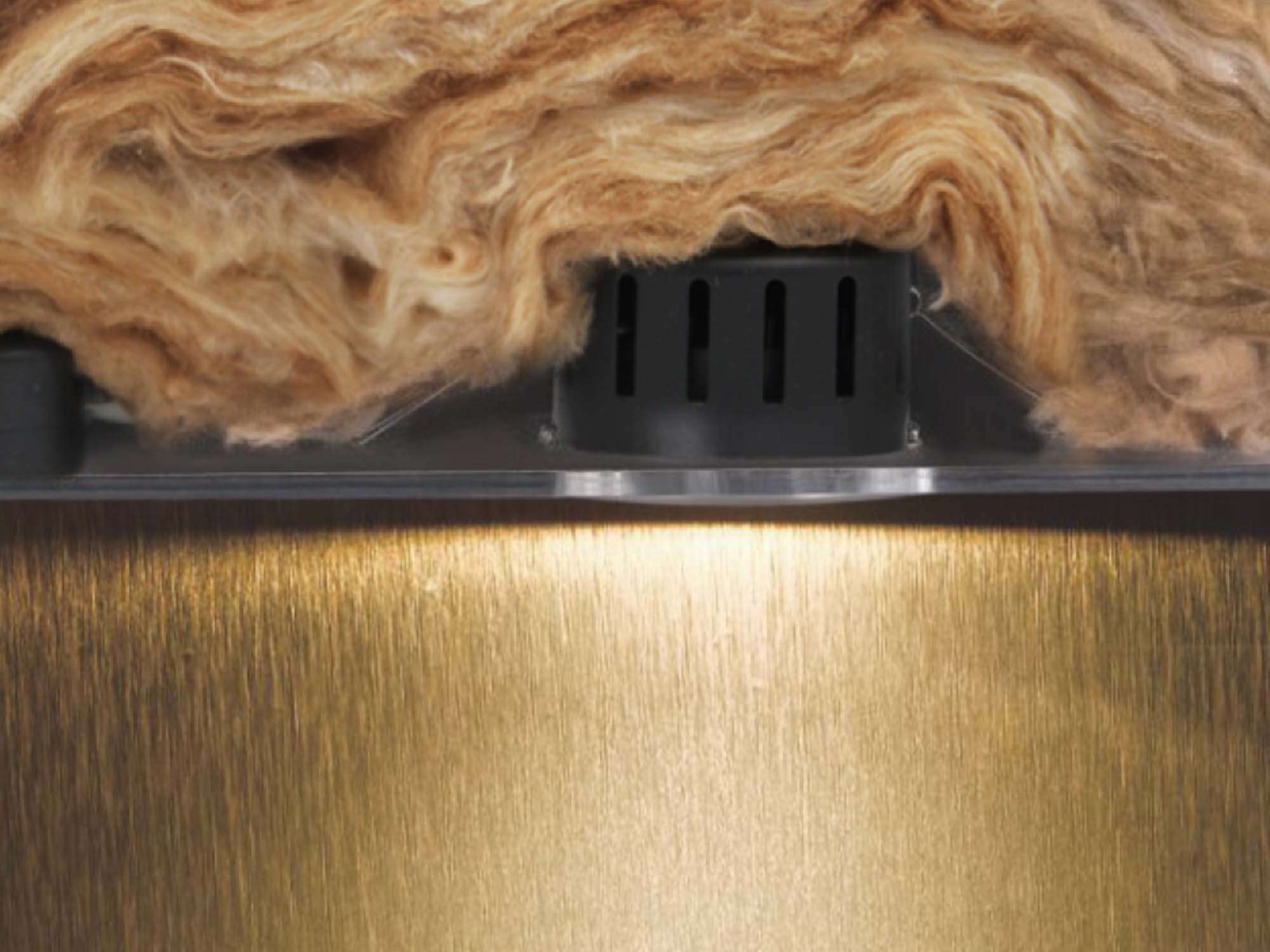In the realm of lighting, LED technology has revolutionized the way we illuminate our spaces, offering energy efficiency, longevity, and versatility. Among the many LED options available on the market, two popular choices are LED downlights and LED spotlights. While both provide illumination, they are intended for different purposes and provide different lighting effects. Understanding the disparities between LED downlights and LED spotlights can aid in making informed decisions when lighting various environments.
What Are The LED Downlights?
LED downlights, also known as recessed lights or ceiling lights, are fixtures installed into ceilings, directing light downwards in a broad, diffuse pattern. These fixtures are usually flush with the ceiling, creating a smooth and inconspicuous lighting option. LED downlights are widely used for general illumination in both home and commercial environments, including kitchens, corridors, offices, and retail stores. They provide even illumination across a large area, resulting in a consistent mood.
What Are The LED Spotlights?
LED spotlights are directional lighting fixtures that emit a concentrated beam of light in a specific direction. Unlike downlights, spotlights are adjustable, giving you exact control over the direction and focus of the light. They are often used for accent lighting, highlighting particular objects, architectural features, or artwork within a space. LED spotlights are popular because of their ability to provide stunning lighting effects while drawing attention to certain areas or focal points.
Key Differences Between Them
Here are the key differences between them:
Lighting Effect
LED downlights and LED spotlights offer distinct lighting effects tailored to different lighting requirements and preferences. LED downlights provide a broad, ambient illumination that uniformly illuminates a room, resulting in a gentle and consistent lighting ambiance. The light emitted by downlights is diffused and dispersed across a wide area, resulting in minimal shadows and glare. In contrast, LED spotlights emit a focused, directional light that accentuates specific elements within a space. Spotlights produce sharper shadows and highlight textures and details with greater precision. The focused beam of spotlights enables dramatic lighting effects, such as highlighting artworks or architectural details, which add depth and visual interest to a room.
Application
LED downlights and LED spotlights are designed for different lighting applications based on their respective lighting effects and characteristics. LED downlights are widely used for general illumination in homes and businesses, including kitchens, living rooms, offices, and retail locations. They provide ambient illumination that enhances visibility and creates a comfortable environment for various activities. LED downlights are ideal for illuminating large areas or spaces where uniform lighting is desired. LED spotlights, on the other hand, are best suited for accent lighting applications in which specific elements or focal points must be highlighted or emphasized.
Spotlights are often used in galleries, museums, retail stores, hospitality venues, and residential settings to showcase artwork, sculptures, architectural details, or merchandise. They allow designers to create focal points, draw attention to specific areas, and create dynamic lighting compositions that enhance the overall aesthetic appeal of a space.
Versatility
LED downlights and LED spotlights offer different levels of versatility and adaptability in terms of lighting control and customization. Downlights are normally set in place and offer constant illumination throughout a room, making them ideal for general lighting applications that demand consistent lighting. While some downlights may offer dimming capabilities, their adjustability is limited compared to spotlights. LED spotlights, on the other hand, offer greater flexibility in directing and controlling light. Spotlights can be tilted, rotated, or dimmed to adjust the direction, intensity, and spread of light as needed.
This versatility allows designers to tailor the lighting to specific requirements, change lighting compositions, and create diverse atmospheres inside a space. Spotlights can be used to create focal points, highlight architectural features, or adapt to changing lighting needs, making them a versatile choice for various lighting applications.
Conclusion
In conclusion,
LED downlights and LED spotlights serve distinct purposes in lighting design, offering different lighting effects and applications. Whether you are looking for
LED downlights or
LED spotlights,
Vertex is ideal for you. We specialize in various
LED lights including
LED downlights and
LED spotlights. If you are interested in it, contact us for more product details without hesitation!


